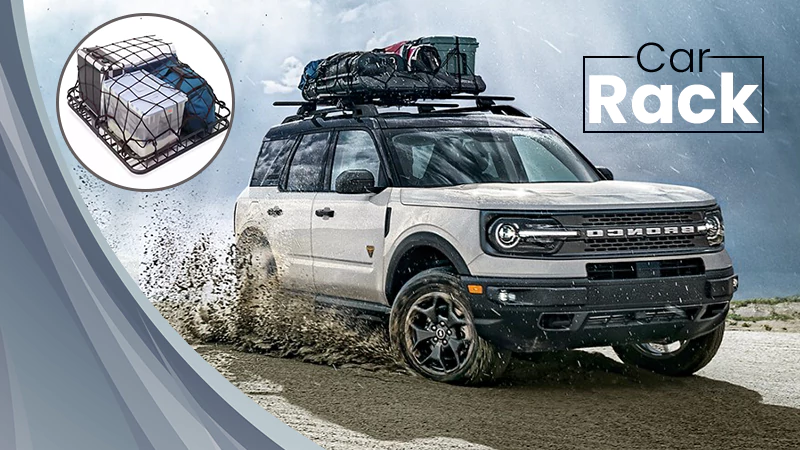5 Proven Ways to Protect Yourself From Airplane Germs
If you’re among the one billion people who travel by plane every year, you might be surprised to learn that public restrooms are not the only germ-infested places. Airplanes, too, have their fair share of dirt. Many people feel sick after traveling by plane, which may sometimes be associated with airplane germs. So, how do you protect yourself from these pathogens? Read more about avoiding germs here.
How Airplane Germs Spread
Germs will not just hop from the seat into your body. Several factors aid the spread of germs from one point to another in the plane. In most cases, too much movement inside the cabin could be a cause. Others include direct contact with the plane’s dirtiest points (seat belt buckles, overhead air vents, lavatory flush buttons, and tray tables).
Touching these surfaces with your hands exposes your body to germs and pathogens, especially the ones responsible for respiratory diseases. One may get germs when seated too close to an infected person. In short, there are many ways in which airplane germs spread.
- Pack Your Sanitary Kit
Planes are usually a hub for germs, especially during cold seasons. Every day, hundreds of people fly to their destinations using the same plane you just boarded. They touch the same places you just touched, and if you’re not hygiene-conscious, you could be exposed to all kinds of plane germs.
Carrying your personal hygiene kit helps clear most of the germs for a safer space. Some airlines are swapping their amenity kits with personal hygiene kits to prevent the spread of the pandemic. A sanitary kit contains wet wipes, hand sanitizers, foot covers, personal tissue packs, facial masks, etc. Make use of these items the moment you board the plane.
- Wear A Face Mask
Face masks help prevent germs from getting in through your mouth and nose. They also protect others from spit and large droplets that may contain airborne germs. Usually, masks are not necessary when one is away from others. Once you board the plane, a high-quality face mask is an excellent idea to help you interact with other people in a limited space.
When buying facemasks, ensure that yours completely covers the nose and has no gaps on the sides. Ensure that it’s made from a breathable, washable fabric that feels comfortable to wear.
- Keep Your Hands Clean At All Times
Keeping your hands clean is one of the most reliable ways to prevent contaminating our bodies and infecting others. Several conditions and germs spread when people fail to wash their hands with soap and running water. Besides, certain types of viruses that cause colds and flu can survive hours on your skin or smooth surfaces.
Washing your hands with soap and water regularly is a sure way to keep germs at bay. Evidence suggests washing your hands 15-30 seconds for the best results.
Wash your hands before and after getting off the plane. However, since water may not be an economical option for the airliner, carry an alcohol-based hand sanitizer. After washing your hands, use dry them for 20-30 seconds since wet hands attract pathogens.
- Wipe Down The Tray Table
Studies reveal that the tray table is one of the most contaminated areas on the plane. Every day, passengers use the tray table for reading, resting, drinking, eating, and more. Sadly, the plane’s cleaning crew may not have enough time to wipe every tray table on the plane. So, it’s up to you to ensure that your tray table is clean if you intend to use it mid-flight.
Use disinfectant wipes or sprays to clean the tray table. It’s also a good idea to disinfect the entire seat, not just the tray table. Before settling down, wipe the seat belt buckles, the arm, and headrest, the latch all the way to the seatback pocket.
- Use The Air Vents Or Seat Next To A Window
Turning off the air vent may not be such a good idea. An airplane cabin is almost similar to a closed environment. Turning the vents back on can help you prevent some harmful microorganisms.
Aim the airflow at your face to prevent germs and minimize infection risks if you’re seated near a sick passenger. Sitting next to a window also helps as one benefits from the aircraft’s recirculation system.
Airplanes may not be the cleanest places after all. With hundreds of people traveling every day, it’s only reasonable to assume that your seat may have several filthy spots that need cleaning before travel. The aircraft’s cleaning crew does their job in a limited time frame, but you should still observe personal hygiene to avoid getting sick on the plane.
Follow Us
Latest Post
















